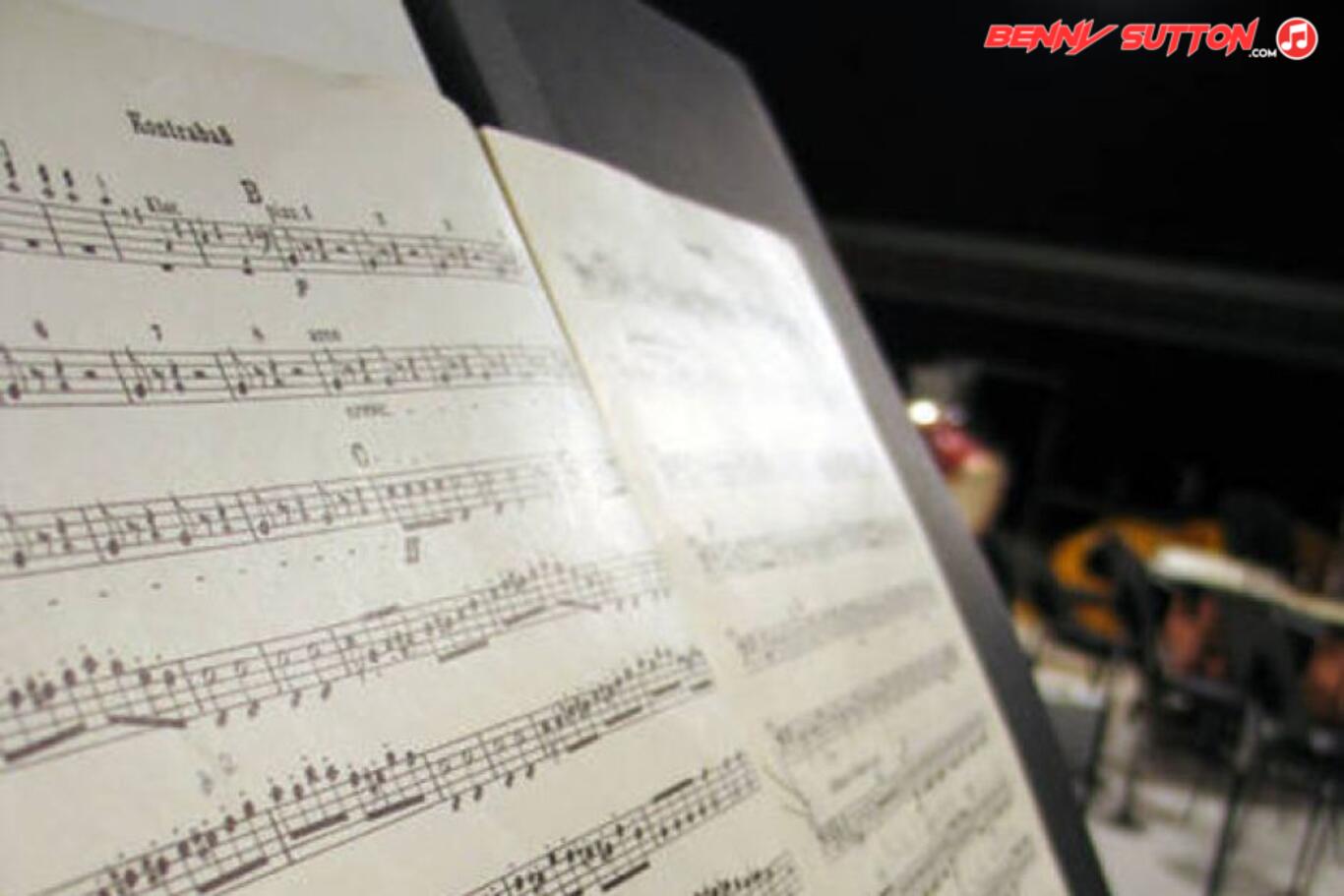A strong, marked accent (ˆ) combining emphasis with separation.
Marcato means “marked” or “emphasized.” It’s an articulation that combines the weight of an accent with the clarity of separation—each note stands out strongly, distinct from the next. In notation, it’s shown with an upward-pointing wedge (∧) above or below the note.
Where a regular accent adds emphasis, marcato demands presence. Notes are struck firmly, held for roughly their full value, and released cleanly—no blur, no softness. It’s controlled power: not necessarily louder, but more assertive in tone and attack.
In orchestral writing, marcato often drives rhythm. Brass and strings use it to punch through dense textures—think of the opening of Stravinsky’s The Rite of Spring or the fanfares of John Williams. In jazz big bands, players like Count Basie’s horn section used marcato phrasing for crisp, percussive hits that still swung.
For rhythm players, marcato defines articulate groove: guitarists accent chord stabs sharply; drummers hit rimshots that cut through the mix. In DAWs, the same idea translates to stronger transients, shorter release, and velocity emphasis—essential for defined rhythmic phrasing in horns, synths, or drum programming.
Marcato is about intent. Every note says, I’m here. Played with conviction but control, it turns ordinary rhythm into statement.
